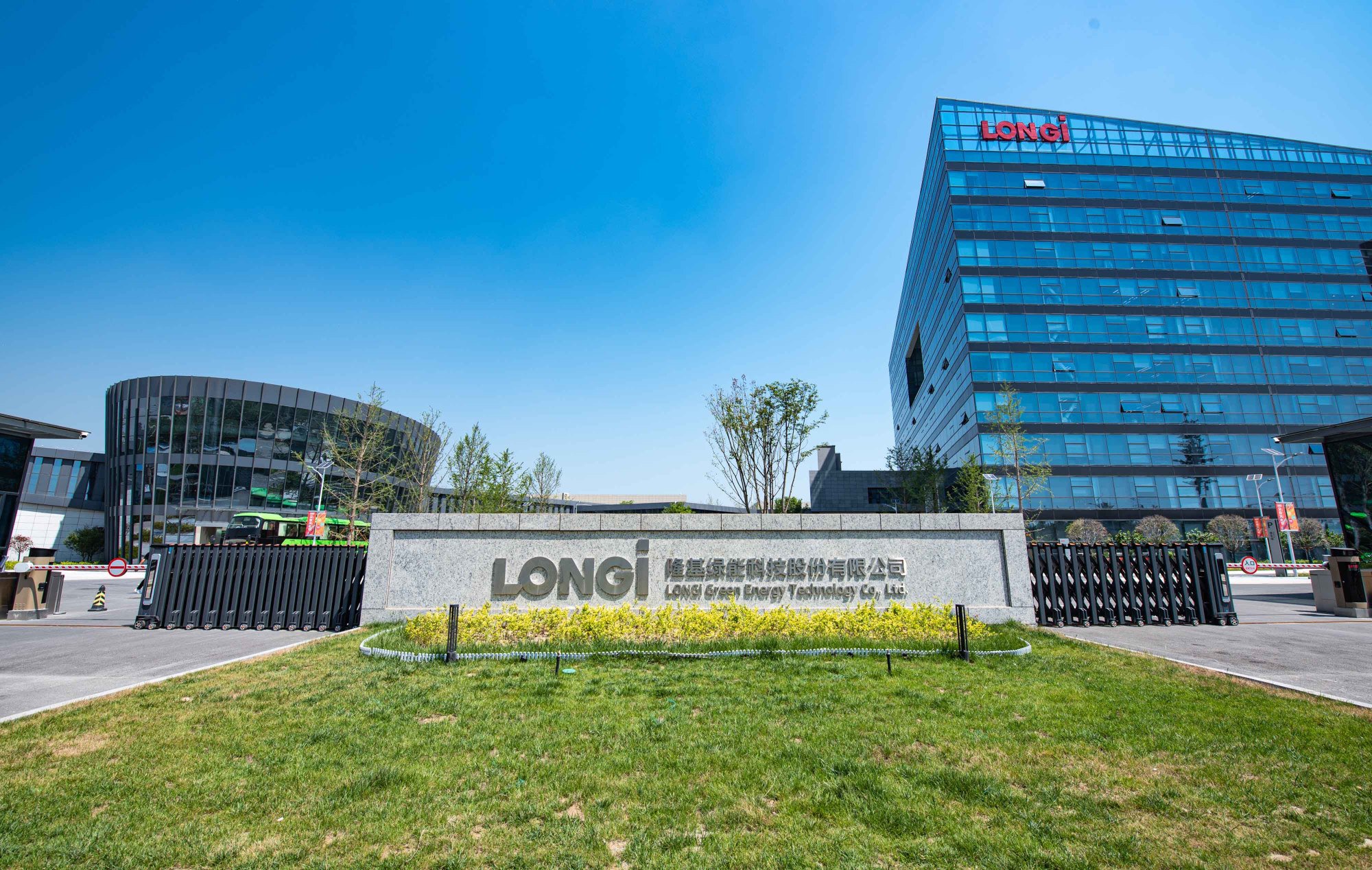The world’s largest supplier of solar panel material has won its second major deal in six months to supply hydrogen-production equipment in China, as it diversifies from its mainstay business amid an oversupply to jump on the hydrogen bandwagon in Beijing’s push to build an ecosystem of alternative fuels.
Longi Green Energy Technology’s subsidiary Longi Hydrogen Energy will supply four electrolyser units, each able of producing 1,000 cubic metres of hydrogen per hour, to China Three Gorges Corporation for a project in Ordos City of the Inner Mongolia region in northern China, according to a statement on its official WeChat account. This translates to 10,000 tonnes of hydrogren a year, an amount that can eliminate 600,000 tonnes of carbon dioxide emissions per year by replacing fossil fuels.

Longi Hydrogen’s electrolysers will be installed in and powered by a giant solar-power generation facility in Narisong, in Ordos City of Inner Mongolia.
“As China Three Gorges’ first solar energy-powered hydrogen production project, the Narisong project is also the first integrated renewable energy and hydrogen production demonstration project of the Inner Mongolia autonomous region,” the company said.
The project is installing solar panels with the capacity to produce 740 million kilowatt hours of electricity per year in former coal mining areas. About 80 per cent of the solar output will power the electrolysers, which split water into oxygen and hydrogen. The remaining electricity will be dispatched to the power grid.
Green heavy machines: electricity powers more construction, mining in China
Green heavy machines: electricity powers more construction, mining in China
Last April, Longi Hydrogen won a bid to supply 15 electrolyser units to the world’s largest green ammonia pilot project in Da’an, Jilin province, which is using wind and solar energy to produce green hydrogen and ammonia.
The 6.33 billion yuan (US$867 million) project is co-owned by Jilin Electric Power and State Power Investment Corporation. It includes solar and wind farms with total generating capacity of 800 megawatts, 80 megawatt-hours of electricity storage, 60,000 cubic metres of hydrogen storage and 180,000 tonnes of annual ammonia output.
China’s hydrogen sector ‘faces overcapacity’ as production plans outstrip demand
China’s hydrogen sector ‘faces overcapacity’ as production plans outstrip demand
When completed, it is expected to be capable of contributing 650,000 tonnes of carbon emission reductions per year.
Ammonia can be produced by mixing hydrogen with nitrogen at high temperature and pressure, in the presence of a catalyst. While both are zero-carbon emission fuels, ammonia has a higher volumetric energy density than hydrogen, and is hence easier to store and transport.

